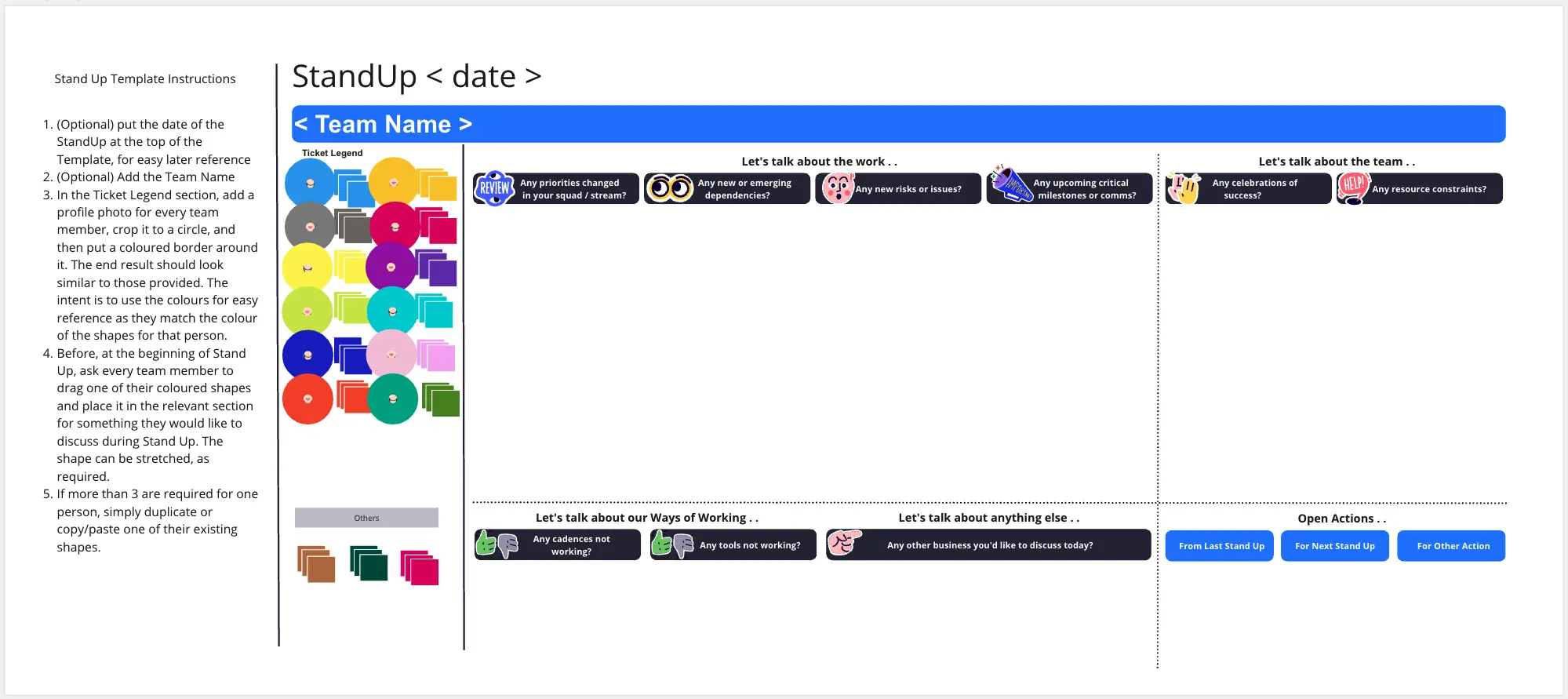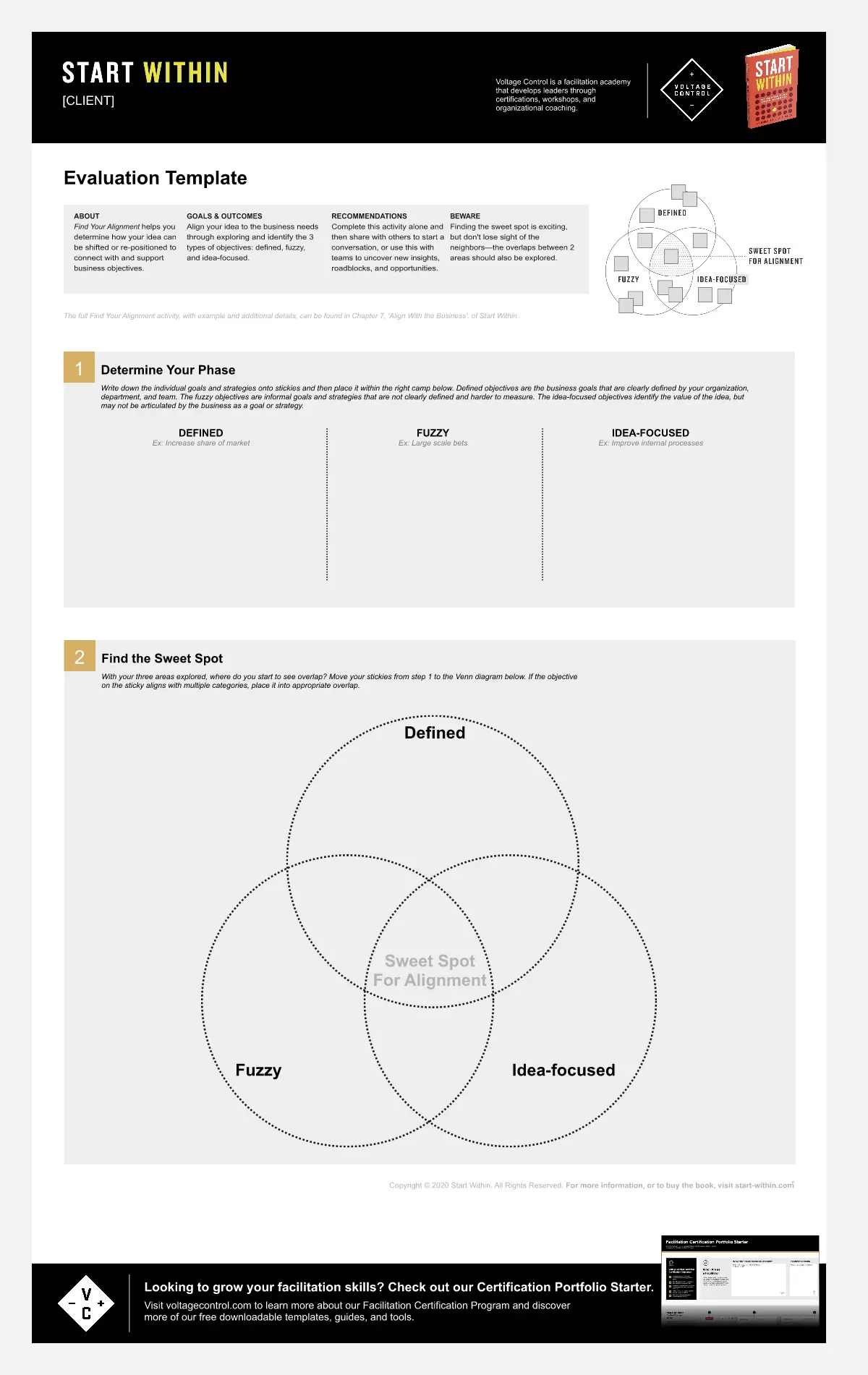STEEPLE Analysis
As the corporate landscape continues to change rapidly, staying ahead of the competition requires a deep understanding of the external factors that can affect your organization. A STEEPLE analysis is a strategic tool that can help you and your business businesses assess the external macro-environmental factors that can impact your operations.
What is STEEPLE Analysis?
STEEPLE analysis, an extension of the well-known PESTEL analysis, takes a deeper dive into the external factors affecting a business. The acronym STEEPLE represents the six factors you’ll analyze to determine areas of opportunity for your business, including social, technological, economic, environmental, political, legal, and ethical factors. By evaluating these dimensions, you and your team can gain insights that guide strategic decision-making, risk assessment, and long-term planning.
Importance of STEEPLE Analysis
In an era of rapid technological advancements, shifting socio-political landscapes, and increasing environmental concerns, businesses must anticipate and adapt to change.
A STEEPLE analysis better enables organizations to do:
Strategic planning: Identifying external factors early empowers businesses to adjust their strategies, ensuring relevance and competitiveness proactively.
Risk management: By recognizing potential challenges, businesses can mitigate risks and allocate resources more effectively.
Innovation planning: Understanding technological trends and societal shifts can lead to innovative product/service offerings.
Regulatory compliance: Keeping abreast of legal and ethical developments ensures adherence to evolving regulations.
Components of a STEEPLE Analysis
1. Social Factors
Social factors might include researching population growth rates, social mobility, and market demographics. For the latter, understanding what genders, education levels, age distributions, and other factors are essential to target can make marketing campaigns more precise and effective.
2. Technological Factors
Technological factors are advancements or innovations that can affect a business. The factors include research and development, robotics, artificial intelligence, and automation.
3. Economic Factors
Economic factors identify the economy's performance, which can influence a business's operation, and can include exchange rates, economic growth rates, inflation, interest rates, and employment.
4. Environmental Factors
Environmental factors or ecological factors might include the availability of natural resources and climate change, which can affect operation and production.
5. Political Factors
Political factors refer to the government's involvement in the industry and economy and can include such factors as tax policies, political stability, trade routes, and international relations.
6. Legal Factors
Legal factors relate to the laws that apply in the state, country, or territory where a business operates, and can include factors such as customers' rights, equal opportunity rights, health, and safety.
7. Ethical Factors
Ethics is a general set of moral principles that people of a particular belief system follow and can include factors similar to culture, integrity, and morality.
How to conduct a STEEPLE analysis with this template
This template is to help you and your team take a systematic approach to evaluating the external factors that can impact your business or organization.
Here's a step-by-step guide to conducting a comprehensive STEEPLE analysis:
STEP 1: Define your scope
Start by aligning on the specific business, project, or industry you're analyzing. This will help you focus your efforts on the most relevant external factors.
STEP 2: Gather information
Brainstorm using the blocks with sticky notes below by adding inputs across each of the seven key STEEPLE categories: Social, Technological, Economic, Environmental, Political, Legal, and Ethical. These categories form the basis of your analysis and will guide your data collection.
Use your team's subject matter expertise, plus reliable sources such as market research reports, industry publications, government publications, news articles, and online resources.
STEP 3: Analyse each category
Discuss the relevant external factors that can impact your organization by reviewing each category as a team.
STEP 4: Prioritise each input
After analyzing each category, prioritize the inputs (sticky notes) based on their potential impact and relevance to your organization. Some factors might have a higher likelihood of affecting your business than others.
STEP 5: Interpret findings
Consider how the identified external factors can interact with each other and influence your business. Identify new opportunities and threats that arise during this phase.
STEP 6: Develop strategies
Based on your analysis, develop solutions to capitalize on opportunities and mitigate potential risks. These strategies should align with your organization's goals and values.
STEP 7: Monitor and maintain
Keep your STEEPLE analysis up to date. External factors can change rapidly, so it's important to regularly revisit and revise your analysis to ensure its accuracy and relevance.
Categories
Similar templates





